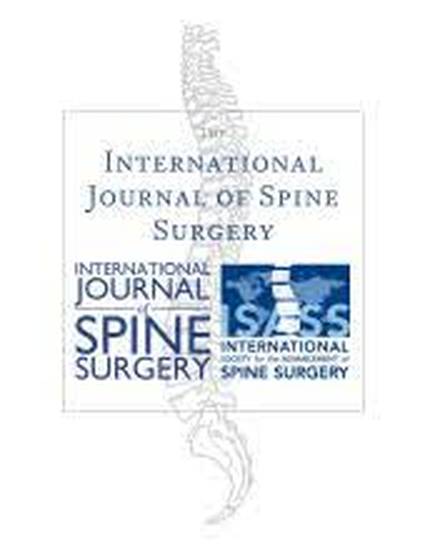
Lateral lumbar interbody fusion (LLIF) has paved a way for minimally invasive surgical treatment of a wide variety of spine pathologies. Interbody devices are used to stabilize painful disc levels, provide indirect decompression of neural elements, correct deformity, restore lordosis, and provide a sound durable fusion. Through the years, new static and expandable interbody devices have been developed in an attempt to improve radiographic and clinical outcomes in lumbar spine surgery. The purpose of this article is to explore the advantages and disadvantages between static and expandable interbody devices when used in LLIF. Specifically, this article addresses the differences in subsidence, indirect decompression, restoration of lumbar lordosis, complications, patient-reported outcomes, and cost between static and expandable interbody devices.
